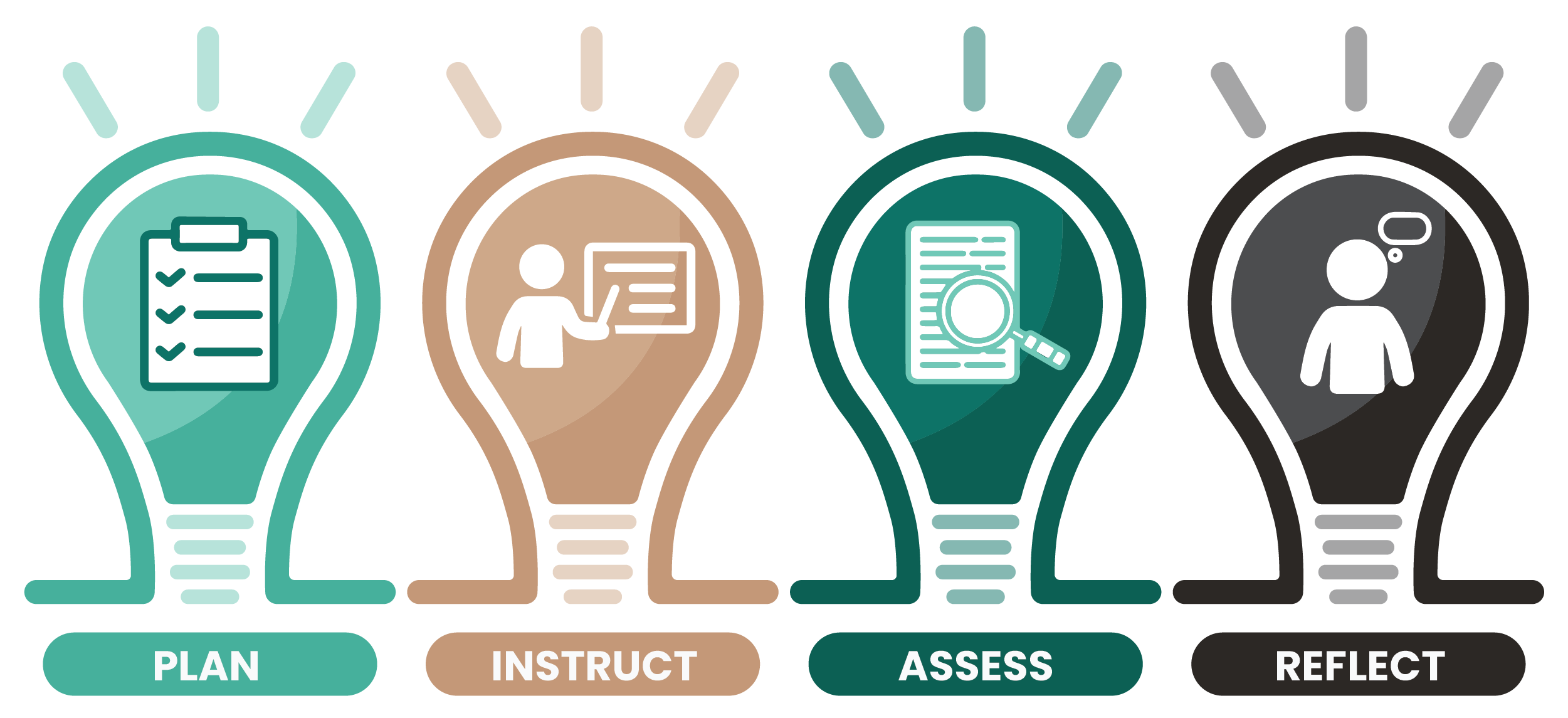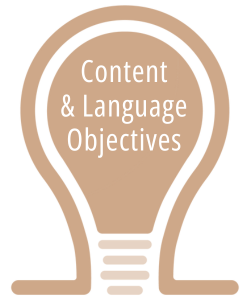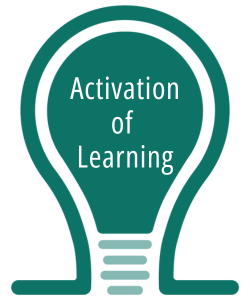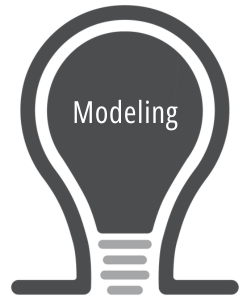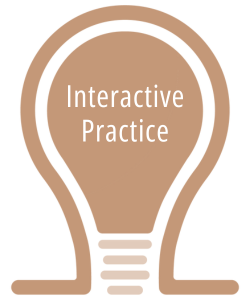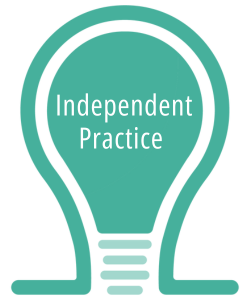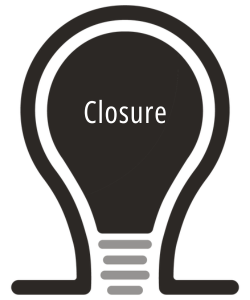
Beliefs
We, as educators, must accept responsibility to ensure high levels of learning for every student. All students can learn at high levels, meaning that every student will graduate from high school with the skills and knowledge required to continue to learn. To reach these goals, Sioux City educators understand and strive to uphold ethical conduct, preparedness, adaptability, collaboration, and a commitment to student success.
Learner Outcomes & Culture
Learner outcomes and culture are integral components of the SCCSD Instructional Framework as they prioritize student learning, equity, and inclusivity. Clearly defined learner outcomes aligned with academic standards ensure that instruction is targeted towards specific goals, promoting student achievement and accountability. Considering culture in the instructional framework fosters a positive learning environment where all students feel valued, respected, and supported, leading to increased engagement, motivation, and success. Emphasizing culture also prepares students with the social and emotional competencies necessary for life beyond school, promoting critical thinking, collaboration, and empathy.
Domains of Danielson Framework for Teaching
The SCCSD Instructional Framework is based on the Danielson Framework for Teaching by aligning its components and focus areas with the domains and components of this Framework. This alignment ensures coherence in professional development efforts and provides a common language and structure for understanding and improving teaching practices throughout the district.
The Danielson Framework for Teaching is a framework designed to support teacher development, instructional practices, and evaluation. It outlines four domains, each representing different aspects of effective teaching practice:
Planning and Preparation focuses on the extent to which a teacher plans and prepares for instruction. It includes elements such as knowledge of content and pedagogy, designing coherent instruction, setting instructional outcomes, and demonstrating knowledge of students.
Classroom Environment assesses the teacher's ability to create an environment conducive to learning. It includes elements such as managing classroom procedures, behavior, and student engagement. Teachers are evaluated on their ability to establish a culture of respect and rapport and to organize the physical space in ways that promote learning.
Instruction focuses on the methods for delivery of instruction. It includes elements such as communicating with students, using questioning and discussion techniques, engaging students in learning, using assessment for effective learning, providing feedback to students, and demonstrating flexibility and responsiveness.
Professional responsibilities encompass elements such as reflecting on teaching, maintaining accurate records, communicating with families, participating in professional growth, demonstrating ethical behavior, and contributing to the school and wider educational community.
Each of these domains is further broken down into components and elements, providing a detailed framework for assessing and improving teaching practice. Learner outcomes and culture are interwoven throughout the Danielson Framework for Teaching, guiding teachers in planning and implementing instruction that supports student growth and development academically, socially, behaviorally, and emotionally within a culturally responsive and supportive learning environment.
The SCCSD teacher evaluations, performance reviews, and mentoring framework are aligned with the Danielson Framework for Teaching.
For the purposes of the SCCSD the term, “every learner” refers to all our learners who are enrolled in the District. Every student is a general education learner first, and may also receive supplementary services such as special education, talented and gifted, and/or English language supports.
Learner and Culture Descriptors
LEARNER OUTCOMES | |||
|---|---|---|---|
Collaboration | Communication | Critical Thinking & Problem Solving | Growth |
Every learner will have skills to engage cooperatively in a variety of collaborative settings. | Every learner will communicate effectively through a variety of different modalities, including verbal, nonverbal, written, and digital. | Every learner will think critically and synthesize information from multiple sources to develop and apply skills for real-world applications. | Every learner will demonstrate a commitment to continuous improvement by learning from mistakes, seeking feedback, and setting goals. |
POSITIVE LEARNER CULTURE | |||
|---|---|---|---|
Classroom Environment | Classroom Communities | Equitable Learning Environments | Culturally Responsible Teaching Practices |
Teachers create safe and orderly classrooms for student learning.
| Teachers build classroom communities that foster students’ social and emotional development.
| Teachers build classroom communities with high academic expectations for all students.
| Teachers create a classroom that promotes a culturally responsive learning environment.
|
CULTURE as it aligns with the Sioux City Community School District Career Teacher Evaluation and Performance Review Standards |
|---|
1, 2, 3, 4, 5, 6, 8 |
Action Components and Descriptors
Plan
COMPONENTS | TEACHER RESPONSIBILITIES | INDICATORS | |
|---|---|---|---|
Standards Alignment | Teachers create learning objectives, lesson plans, and assessments aligned to the Iowa Core curriculum and the SCCSD pacing guides. |
| |
Lesson Design | Teachers work together as able to design engaging, rigorous lessons that use the SCCSD Lesson Structure as a model. |
| |
Instructional Strategies | Teachers incorporate instructional strategies and culturally responsive teaching practices that authentically engage students in the learning. |
| |
PLAN as it aligns with the Sioux City Community School District Career Teacher Evaluation and Performance Review Standards |
|---|
1, 2, 3, 4, 5, 6, 7, 8 |
Instruct
COMPONENTS | TEACHER RESPONSIBILITIES | INDICATORS | |
|---|---|---|---|
Aligned Instruction | Teachers deliver lessons which are aligned to the Iowa Core curriculum, to the SCCSD pacing guides, and to their instructional plan. |
| |
Engagement | Teachers use research-based instructional strategies to help students learn. |
| |
Student Voice | Teachers facilitate interactions among students through questioning and collaborating/ cooperative learning techniques. |
| |
INSTRUCT as it aligns with the Sioux City Community School District Career Teacher Evaluation and Performance Review Standards |
|---|
2, 3, 4, 6 |
Assess
COMPONENTS | TEACHER RESPONSIBILITIES | INDICATORS | |
|---|---|---|---|
Goal-Setting | Teachers assist students with goal-setting practices and support students with monitoring achievement toward those goals. |
| |
Aligned Assessment | Teachers use formative district and state assessments to determine student levels of learning. |
| |
Progress Monitoring | Teachers monitor student learning and adjust instruction to address individual learning needs. |
| |
ASSESS as it aligns to the Sioux City Community School District Career Teacher Evaluation and Performance Review Standards |
|---|
1, 2, 5 |
Reflect
COMPONENTS | TEACHER RESPONSIBILITIES | INDICATORS | |
|---|---|---|---|
Teacher Reflection | Teachers analyze assessment results and adjust instruction accordingly. |
| |
Aligned Assessment | Teachers collaboratively analyze assessment results to determine individual and building trends. |
| |
Progress Monitoring | Teachers provide timely feedback to students. |
| |
REFLECT as it aligns to the Sioux City Community School District Career Teacher Evaluation and Performance Review Standards |
|---|
1, 4, 5 |
Lesson Structure
These steps are meant to be non-sequential depending on the content and skills being taught.
The SCCSD Lesson Structure represents a best-practice instructional delivery model. While not a lesson planning template, it lives to inform lesson design and calibrate alignment and consistency of well-crafted daily instruction. At its core is the gradual release model aimed at providing instruction that moves students toward independence.
To request a PDF copy of this framework please contact the Elementary Education Department at 712-279-6677.
